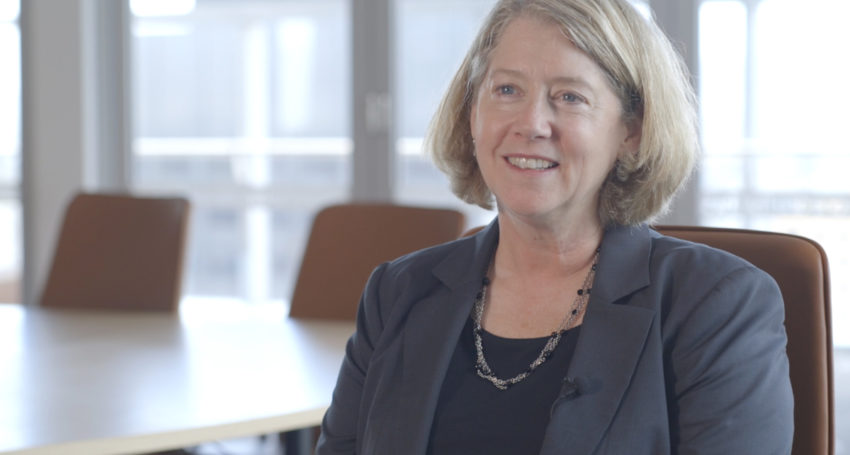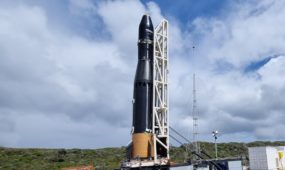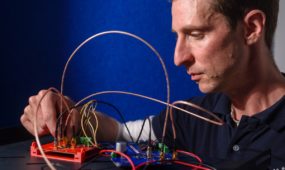STEM funding to help Australian women join space race
Space
The gender imbalance in Australia’s space workforce has been targeted by the Federal Government through a $3.4 million fund to encourage women to join the industry.

Sign up to receive notifications about new stories in this category.
Thank you for subscribing to story notifications.

Announced as part of yesterday’s Federal Budget, the $A19.5 million Space Infrastructure Fund also includes $6 million for a Mission Control Centre in Adelaide.
According to Science in Australia Gender Equity (SAGE), only about 15 per cent of engineering undergraduate university students are female.
The four-year funding package aims to support the greater participation of girls and women in STEM. This includes funding to extend the SAGE initiative in higher education and research institutions and showcasing the benefits of STEM skills and careers.
Industry, Science and Technology Minister Karen Andrews said the government was committed to equipping all Australians with the skills for jobs of the future.
“To ensure our children can compete for jobs in the coming decades, we need to build a stronger Australian workforce with more science, technology, engineering and mathematics skills,” said Minister Andrews.
South Australia has strengthened its position as Australia’s space state following the announcement in December the new National Space Agency would be based in Adelaide.
Last month the Federal Government also announced it would also establish a Space Discovery Centre for STEM education in South Australia as part of the Adelaide City Deal.
Dr Alice Gorman is on the Board of the Space Industry Association of Australia and is a space archaeologist at Flinders University in Adelaide’s southern suburbs.
She said the announcement of the STEM funding and the Space Infrastructure Fund “was an incredibly positive move” that would further strengthen the South Australian space sector.
“This level of investment for STEM reinforces the message that the government is taking space seriously and is prepared to back the industry in terms of producing the jobs and also the products we have to ultimately try and get into the international markets,” Dr Gorman said.
“South Australia is the centre of what’s happening in space at the moment.”
Dr Gorman said there were a number of factors that may prevent some women from entering the space industry, such as “penalising women for having children” and the “chilly climate” phenomenon.
The chilly climate phenomenon is an environment that can dampen a woman’s self-esteem, confidence, aspirations, and their participation in a particular activity such as study, sport and politics.
“Women get into the workplace and are surrounded by blokes,” said Dr Gorman.
“You have to sit in with the lad culture or people look at you like you don’t have a sense of humour.
“People say it’s not about getting women into STEM fields, it’s actually allowing them to stay under the same fair work conditions.”
Despite their small number, South Australia has several high profile women working in its space sector including former NASA Space Shuttle Commander Pamela Melroy and Fleet Space Technologies CEO Flavia Tata Nardini.
The Federal Government aims to triple Australia’s space economy to $12 billion and increase jobs to 30,000 by 2030.
The Mission Control Centre’s goal is to create a platform for small and medium-sized enterprises and researchers to control small satellite missions. It will be established alongside the National Space Agency will be established at Lot Fourteen – a former hospital site in a prominent city location that is envisioned by the South Australian government to become a “globally-recognised creation and innovation neighbourhood”.
The Space Discovery Centre will provide STEM education, engagement and inspiration for young Australians, as well as activities such as mission simulation and training for tertiary education.
South Australia has long been a major player in the nation’s space industry and is home to global Tier 1 defence companies and a growing ecosystem of space startups.
Jump to next article



